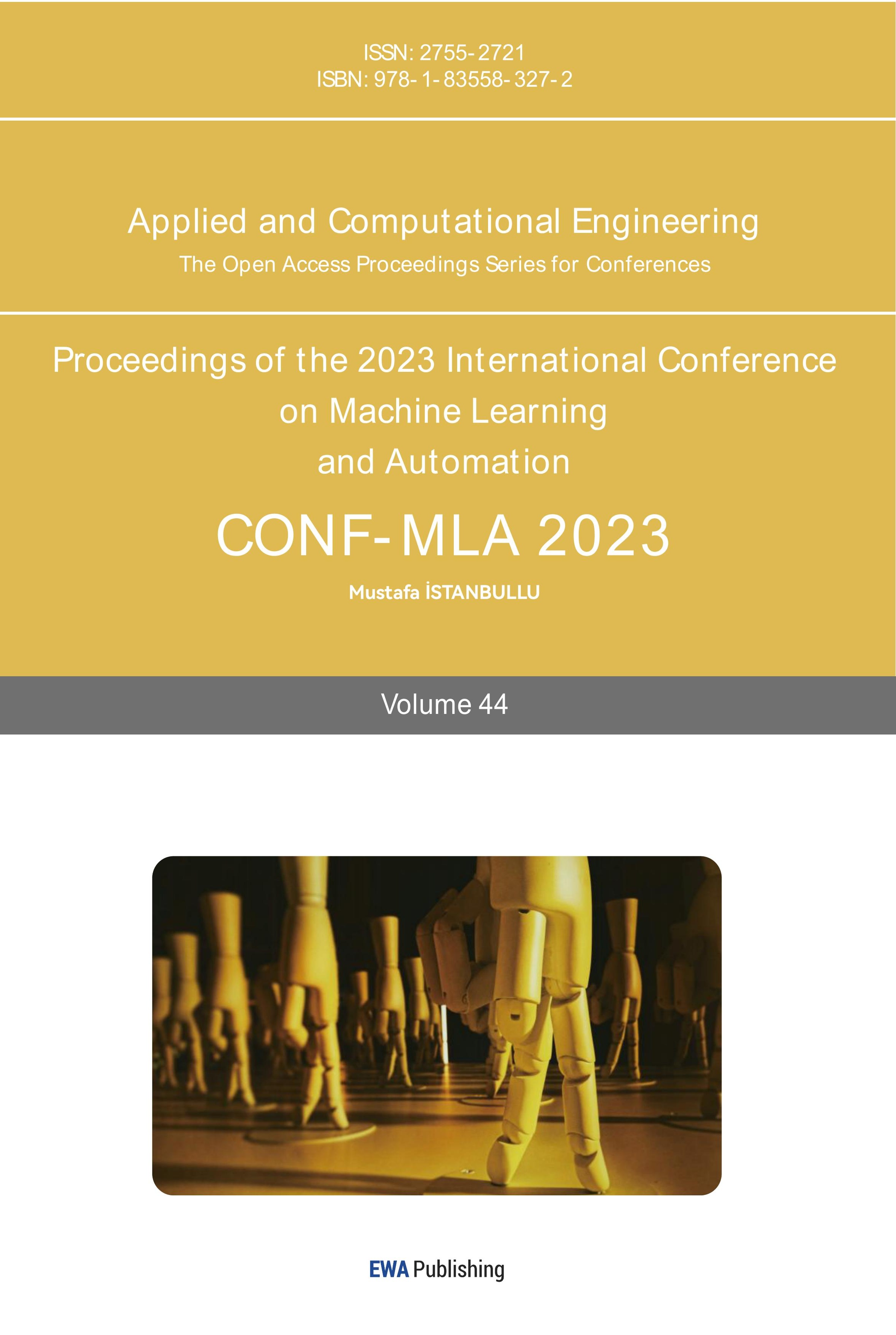References
[1]. Sathishkumar V E, Changsun Shin, Youngyun Cho, “Efficient energy consumption prediction model for a data analytic-enabled industry building in a smart city”, Building Research & Information, Vol. 49. no. 1, pp. 127-143, 2021.
[2]. Sathishkumar V E, Youngyun Cho, “A rule-based model for Seoul Bike sharing demand prediction using Weather data”, European Journal of Remote Sensing, Vol. 52, no. 1, pp. 166-183, 2020.
[3]. Sathishkumar V E, Jangwoo Park, Youngyun Cho, “Seoul Bike Trip duration prediction using data mining techniques”, IET Intelligent Transport Systems, Vol. 14, no. 11, pp. 1465-1474, 2020.
[4]. Sathishkumar V E, Jangwoo Park, Youngyun Cho, “Using data mining techniques for bike sharing demand prediction in Metropolitan city”, Computer Communications, Vol. 153, pp. 353-366, 2020.
[5]. Sathishkumar V E, Yongyun Cho, “Season wise bike sharing demand analysis using random forest algorithm”, Computational Intelligence, pp. 1-26, 2020.
[6]. Sathishkumar V E, Myeongbae Lee, Jonghyun Lim, Yubin Kim, Changsun Shin, Jangwoo Park, Yongyun Cho, “An Energy Consumption Prediction Model for Smart Factory using Data Mining Algorithms” KIPS Transactions on Software and Data Engineering, Vol. 9, no. 5, pp. 153-160, 2020.
[7]. Sathishkumar V E, Jonghyun Lim, Myeongbae Lee, Yongyun Cho, Jangwoo Park, Changsun Shin, and Yongyun Cho, “Industry Energy Consumption Prediction Using Data Mining Techniques”, International Journal of Energy Information and Communications, Vol. 11, no. 1, pp. 7-14, 2020.
[8]. Ronggang Zhang, Sathishkumar V E, R. Dinesh Jackson Samuel, “Fuzzy Efficient Energy Smart Home Management System for Renewable Energy Resources”, Sustainability, Vol. 12, no. 8, pp. 1-15, 2020.
Cite this article
Rajasekhar,J.;Thanusha,T.;Jyothi,G.N.;Tejaswi,K.;Abualigah,L. (2024). IoT based security and privacy implementation in smart home. Applied and Computational Engineering,44,202-207.
Data availability
The datasets used and/or analyzed during the current study will be available from the authors upon reasonable request.
Disclaimer/Publisher's Note
The statements, opinions and data contained in all publications are solely those of the individual author(s) and contributor(s) and not of EWA Publishing and/or the editor(s). EWA Publishing and/or the editor(s) disclaim responsibility for any injury to people or property resulting from any ideas, methods, instructions or products referred to in the content.
About volume
Volume title: Proceedings of the 2023 International Conference on Machine Learning and Automation
© 2024 by the author(s). Licensee EWA Publishing, Oxford, UK. This article is an open access article distributed under the terms and
conditions of the Creative Commons Attribution (CC BY) license. Authors who
publish this series agree to the following terms:
1. Authors retain copyright and grant the series right of first publication with the work simultaneously licensed under a Creative Commons
Attribution License that allows others to share the work with an acknowledgment of the work's authorship and initial publication in this
series.
2. Authors are able to enter into separate, additional contractual arrangements for the non-exclusive distribution of the series's published
version of the work (e.g., post it to an institutional repository or publish it in a book), with an acknowledgment of its initial
publication in this series.
3. Authors are permitted and encouraged to post their work online (e.g., in institutional repositories or on their website) prior to and
during the submission process, as it can lead to productive exchanges, as well as earlier and greater citation of published work (See
Open access policy for details).
References
[1]. Sathishkumar V E, Changsun Shin, Youngyun Cho, “Efficient energy consumption prediction model for a data analytic-enabled industry building in a smart city”, Building Research & Information, Vol. 49. no. 1, pp. 127-143, 2021.
[2]. Sathishkumar V E, Youngyun Cho, “A rule-based model for Seoul Bike sharing demand prediction using Weather data”, European Journal of Remote Sensing, Vol. 52, no. 1, pp. 166-183, 2020.
[3]. Sathishkumar V E, Jangwoo Park, Youngyun Cho, “Seoul Bike Trip duration prediction using data mining techniques”, IET Intelligent Transport Systems, Vol. 14, no. 11, pp. 1465-1474, 2020.
[4]. Sathishkumar V E, Jangwoo Park, Youngyun Cho, “Using data mining techniques for bike sharing demand prediction in Metropolitan city”, Computer Communications, Vol. 153, pp. 353-366, 2020.
[5]. Sathishkumar V E, Yongyun Cho, “Season wise bike sharing demand analysis using random forest algorithm”, Computational Intelligence, pp. 1-26, 2020.
[6]. Sathishkumar V E, Myeongbae Lee, Jonghyun Lim, Yubin Kim, Changsun Shin, Jangwoo Park, Yongyun Cho, “An Energy Consumption Prediction Model for Smart Factory using Data Mining Algorithms” KIPS Transactions on Software and Data Engineering, Vol. 9, no. 5, pp. 153-160, 2020.
[7]. Sathishkumar V E, Jonghyun Lim, Myeongbae Lee, Yongyun Cho, Jangwoo Park, Changsun Shin, and Yongyun Cho, “Industry Energy Consumption Prediction Using Data Mining Techniques”, International Journal of Energy Information and Communications, Vol. 11, no. 1, pp. 7-14, 2020.
[8]. Ronggang Zhang, Sathishkumar V E, R. Dinesh Jackson Samuel, “Fuzzy Efficient Energy Smart Home Management System for Renewable Energy Resources”, Sustainability, Vol. 12, no. 8, pp. 1-15, 2020.









